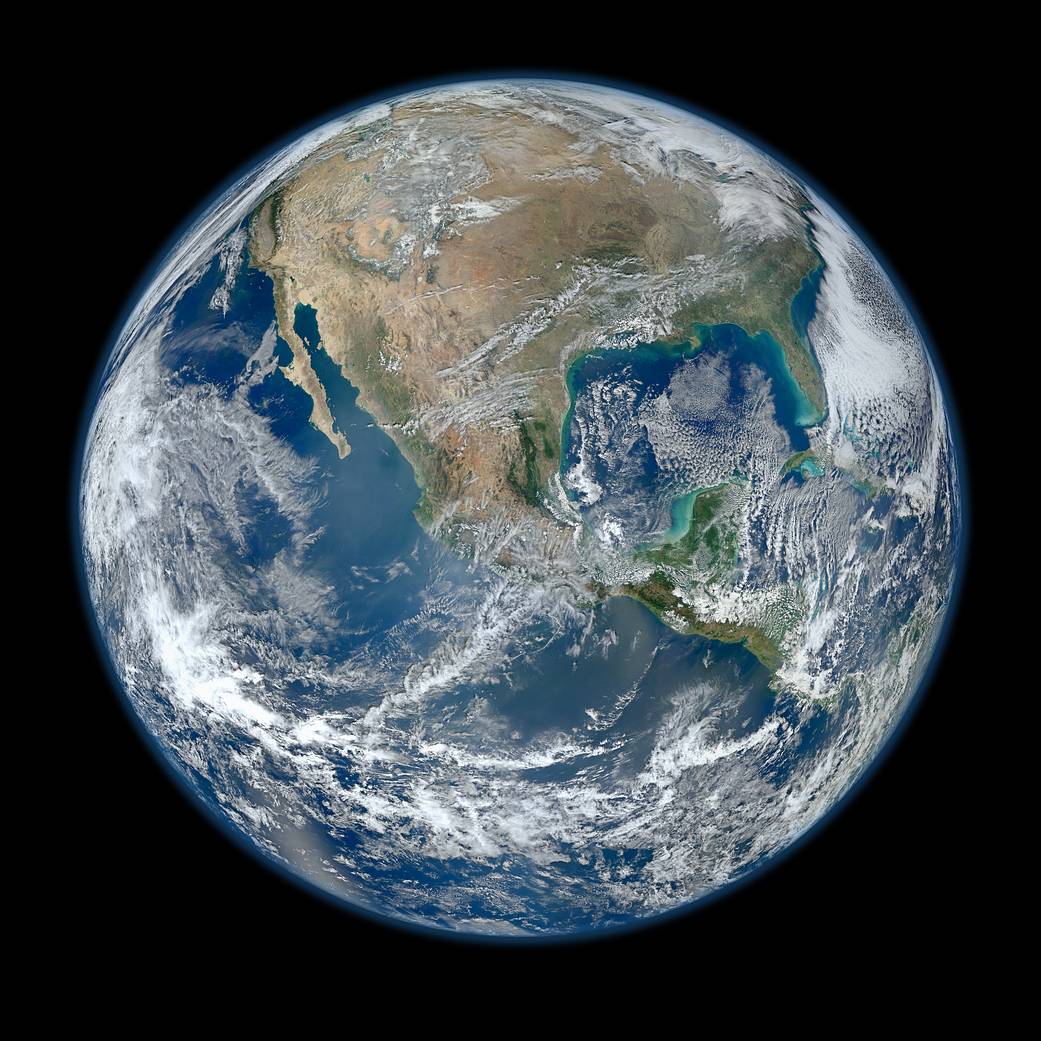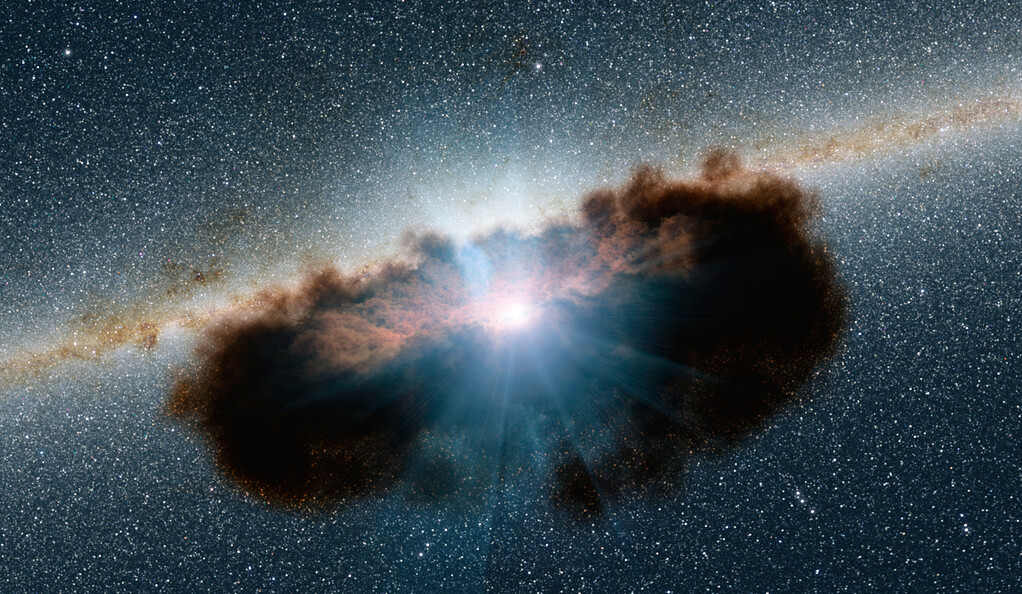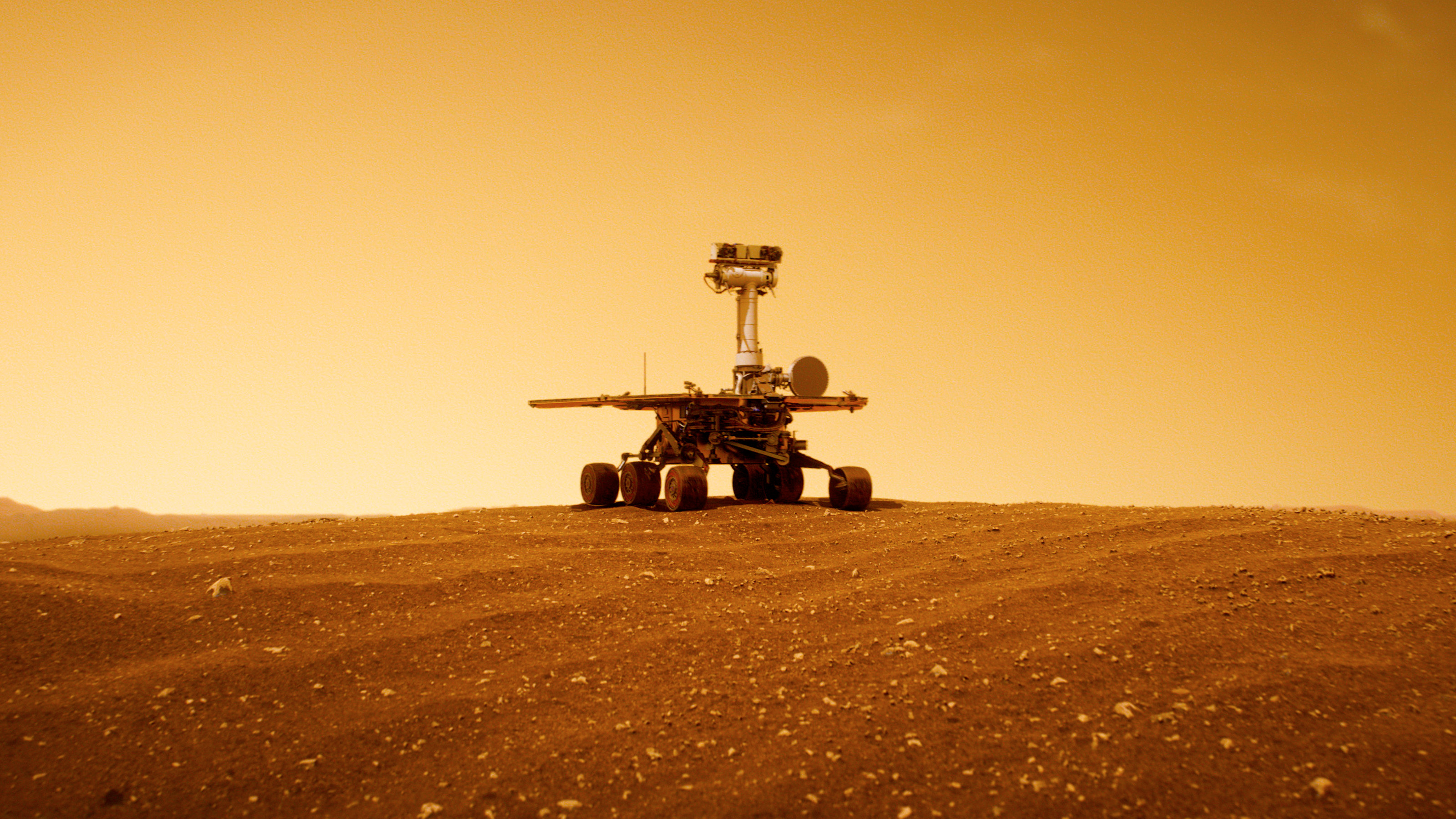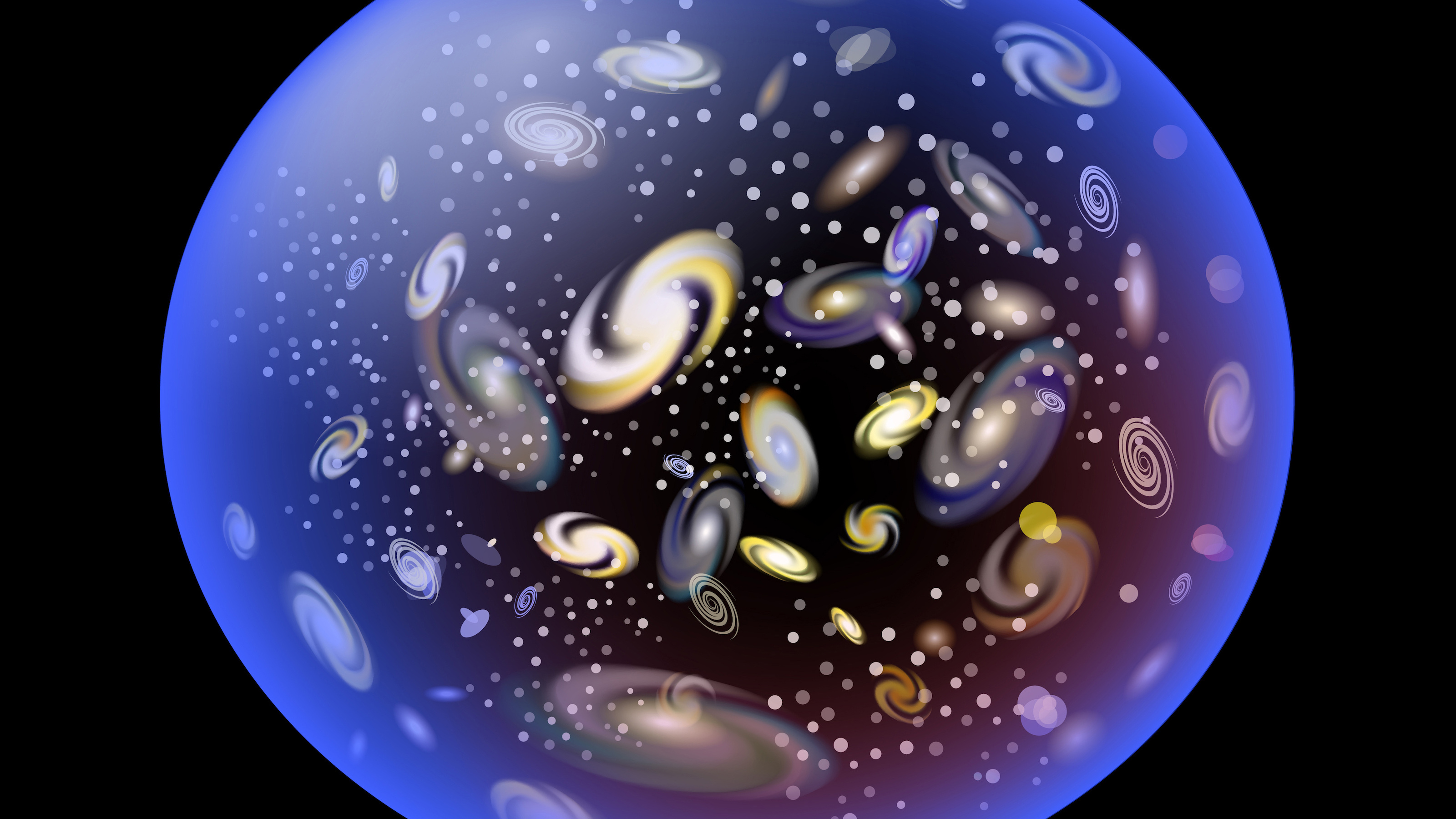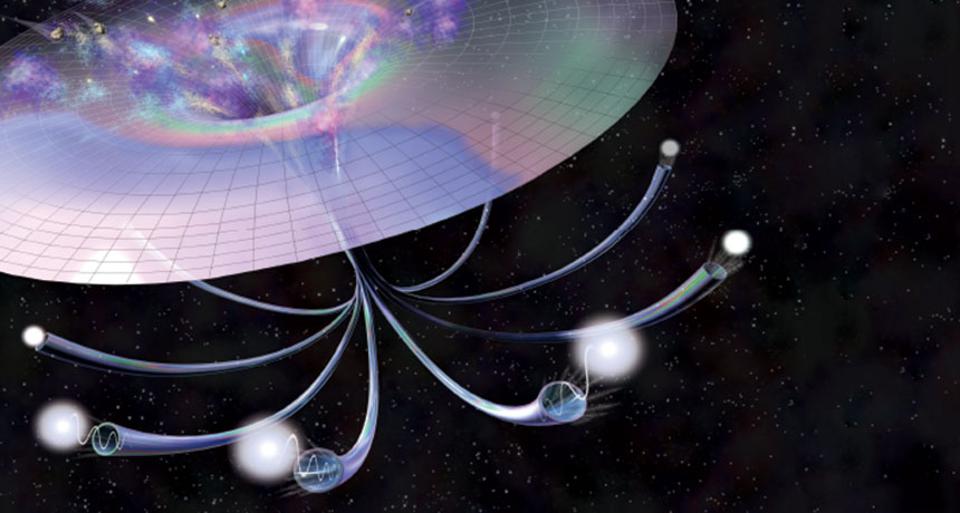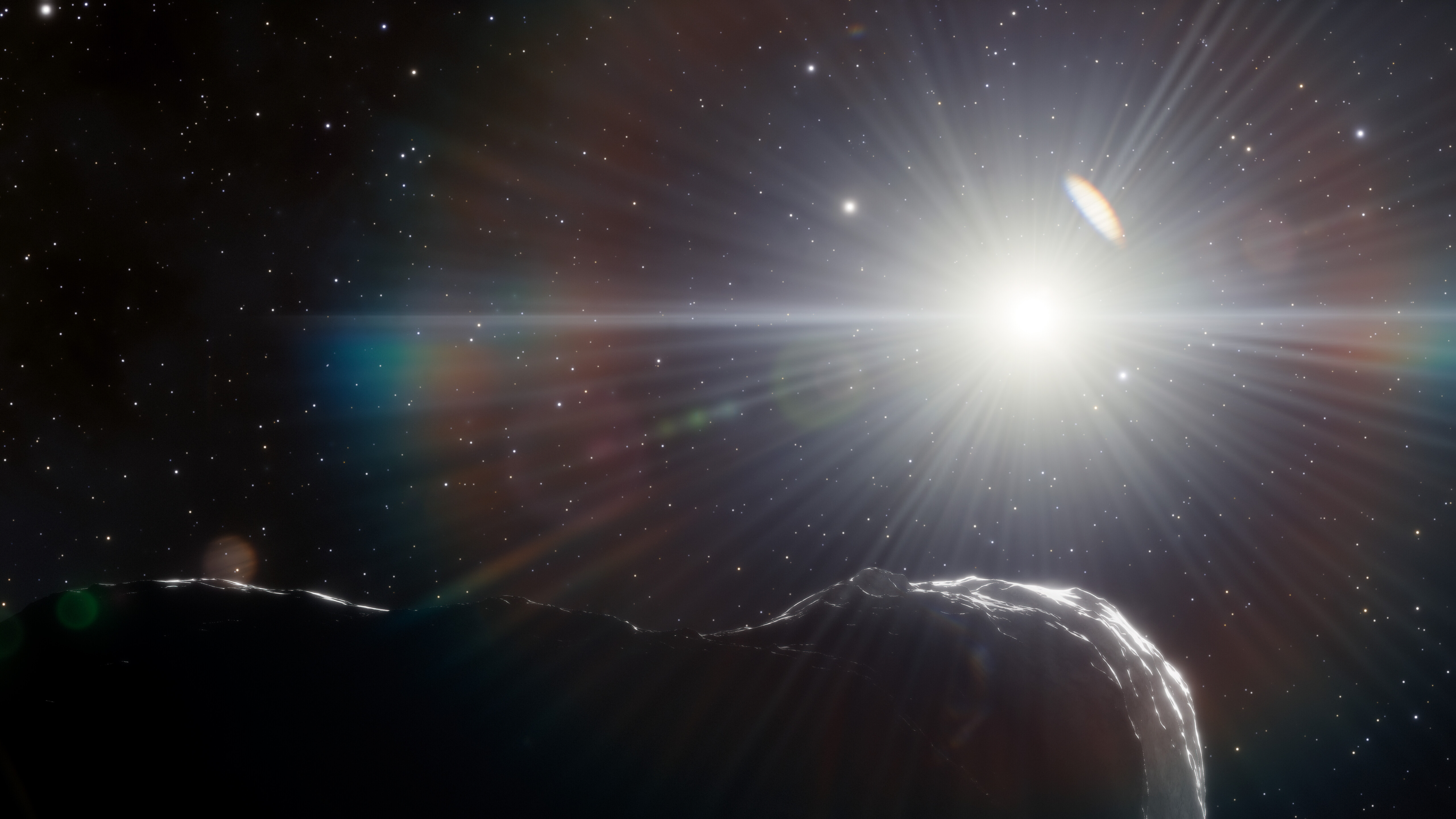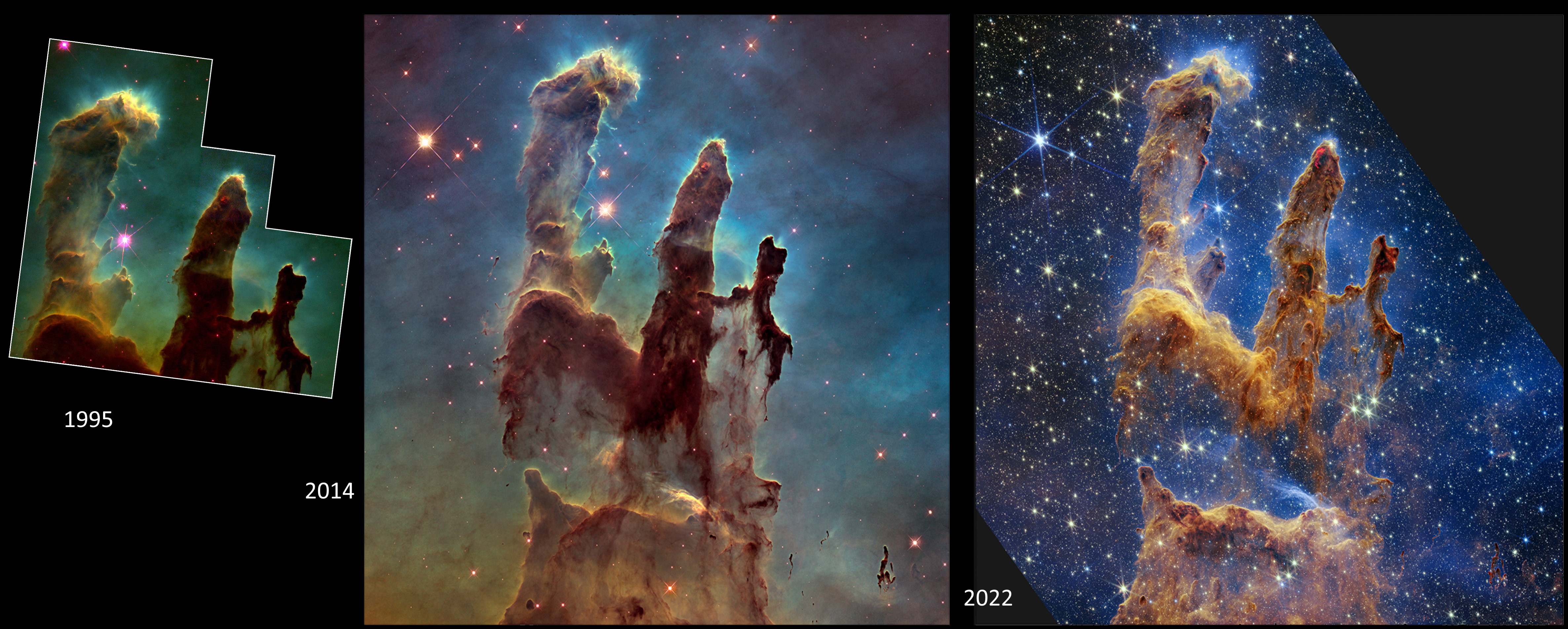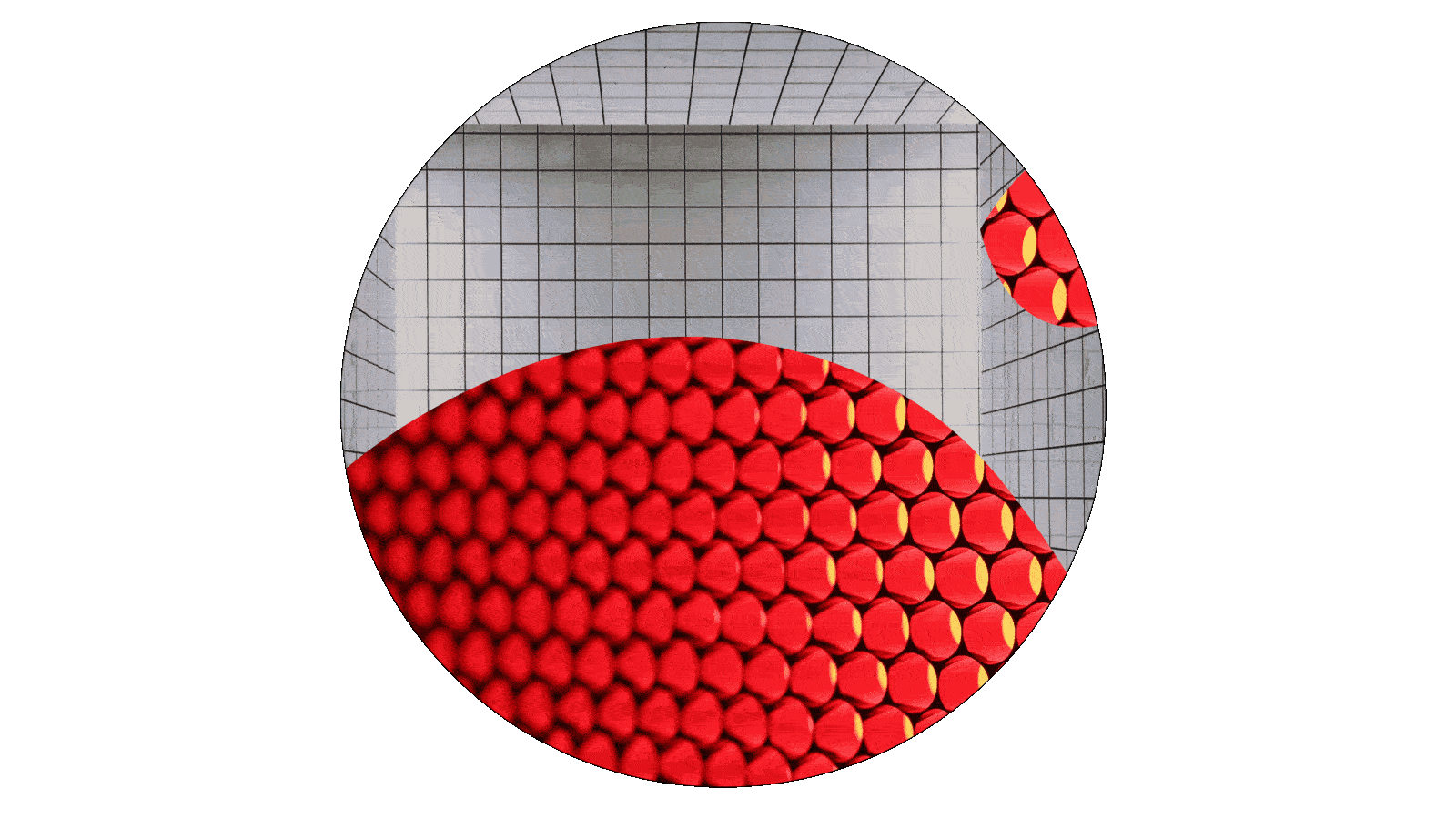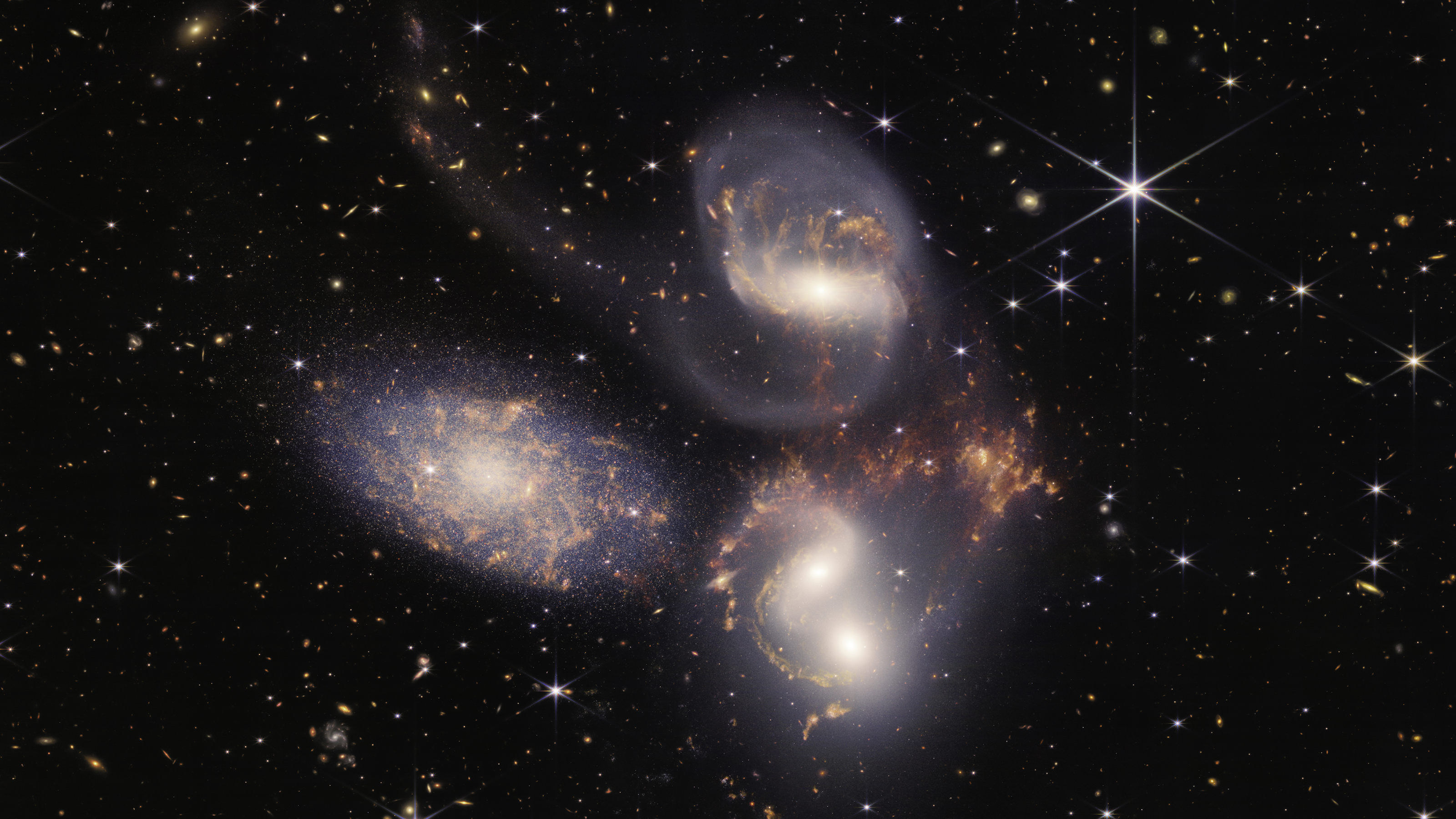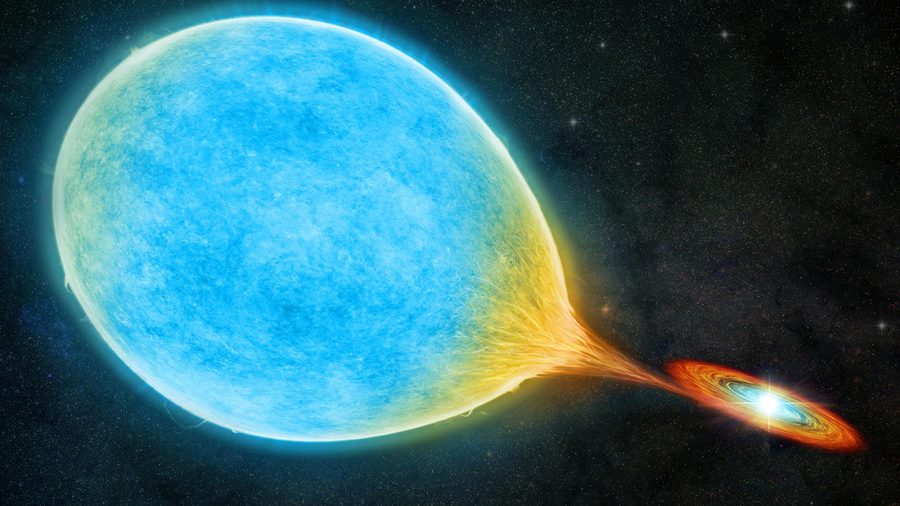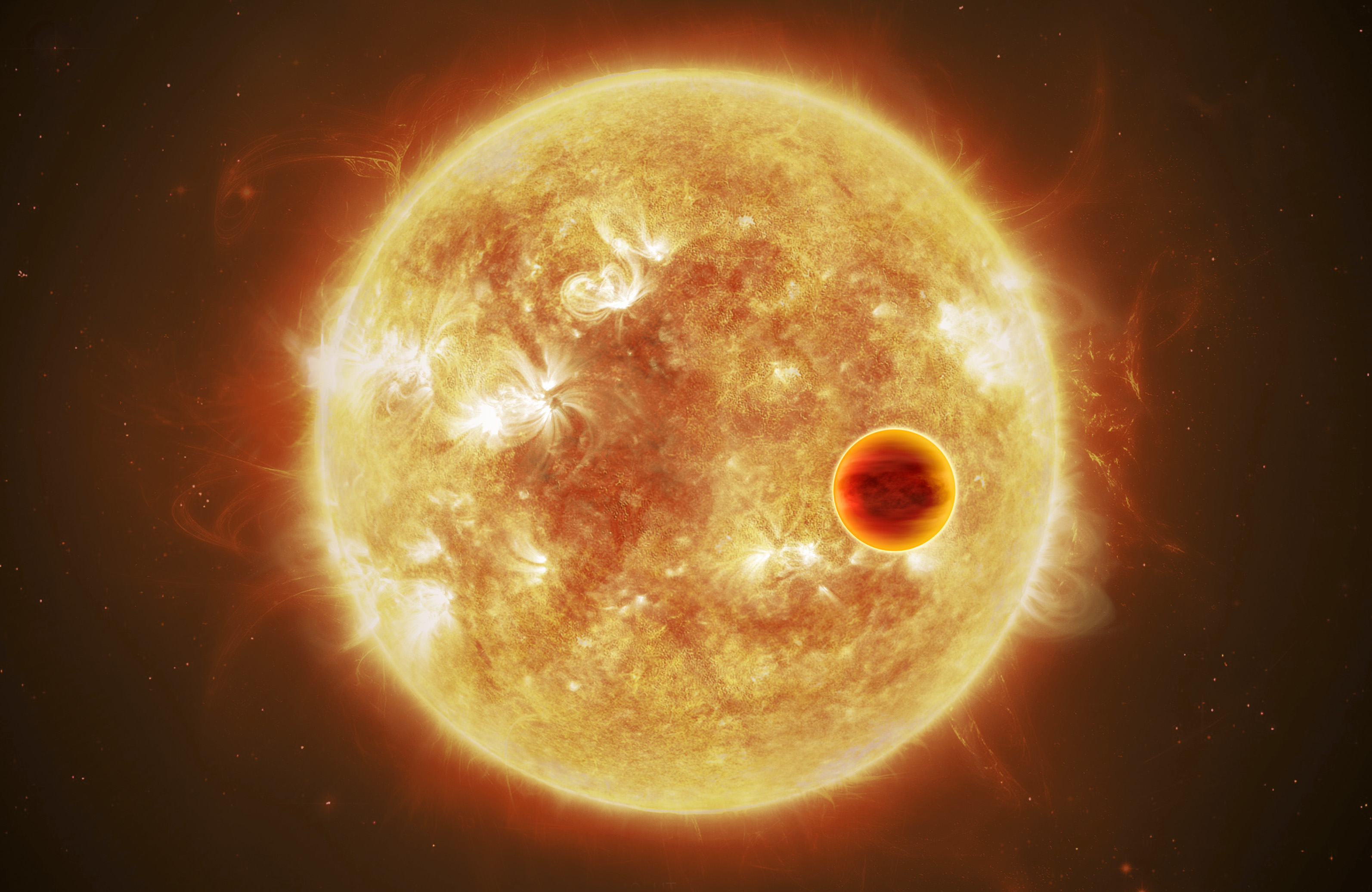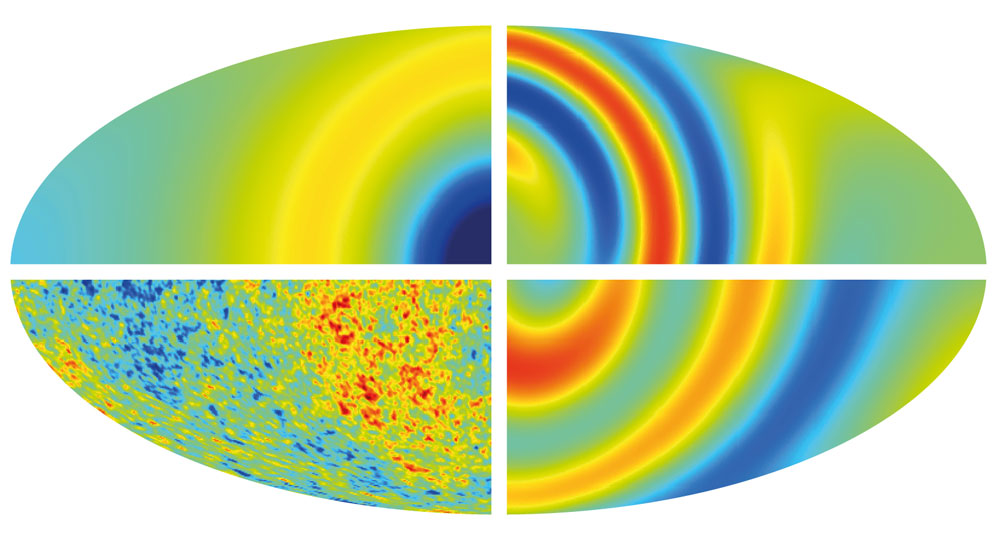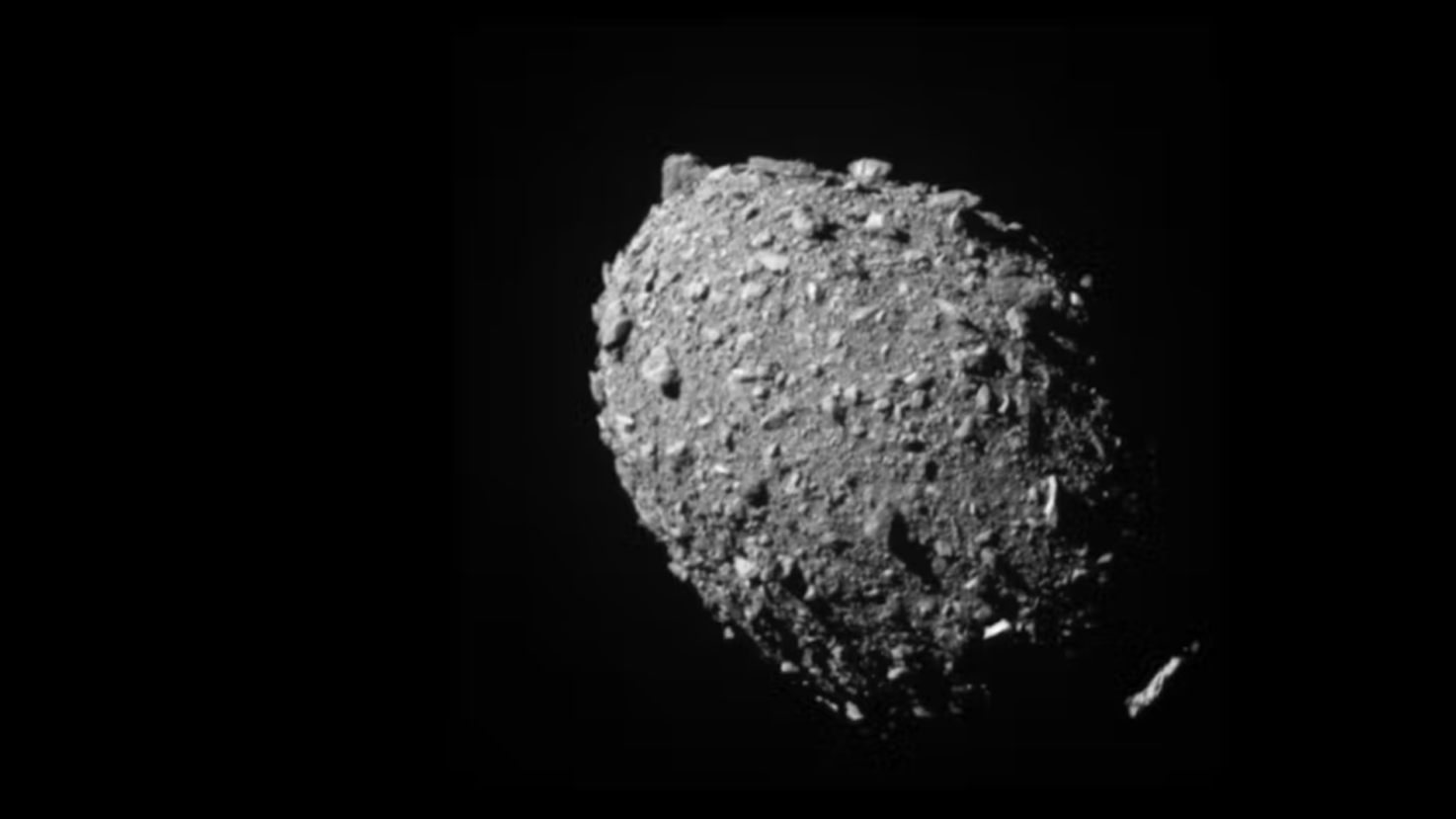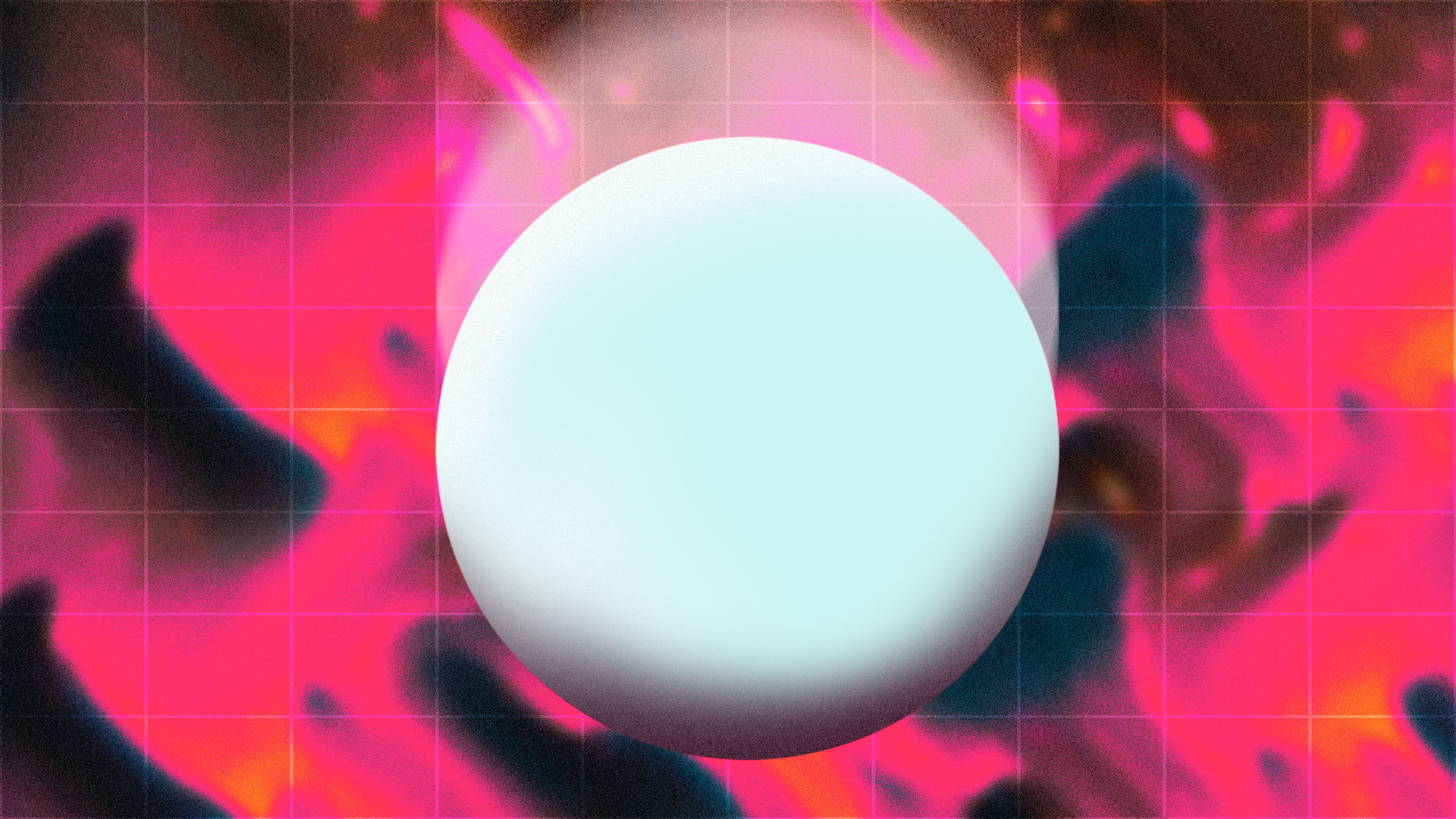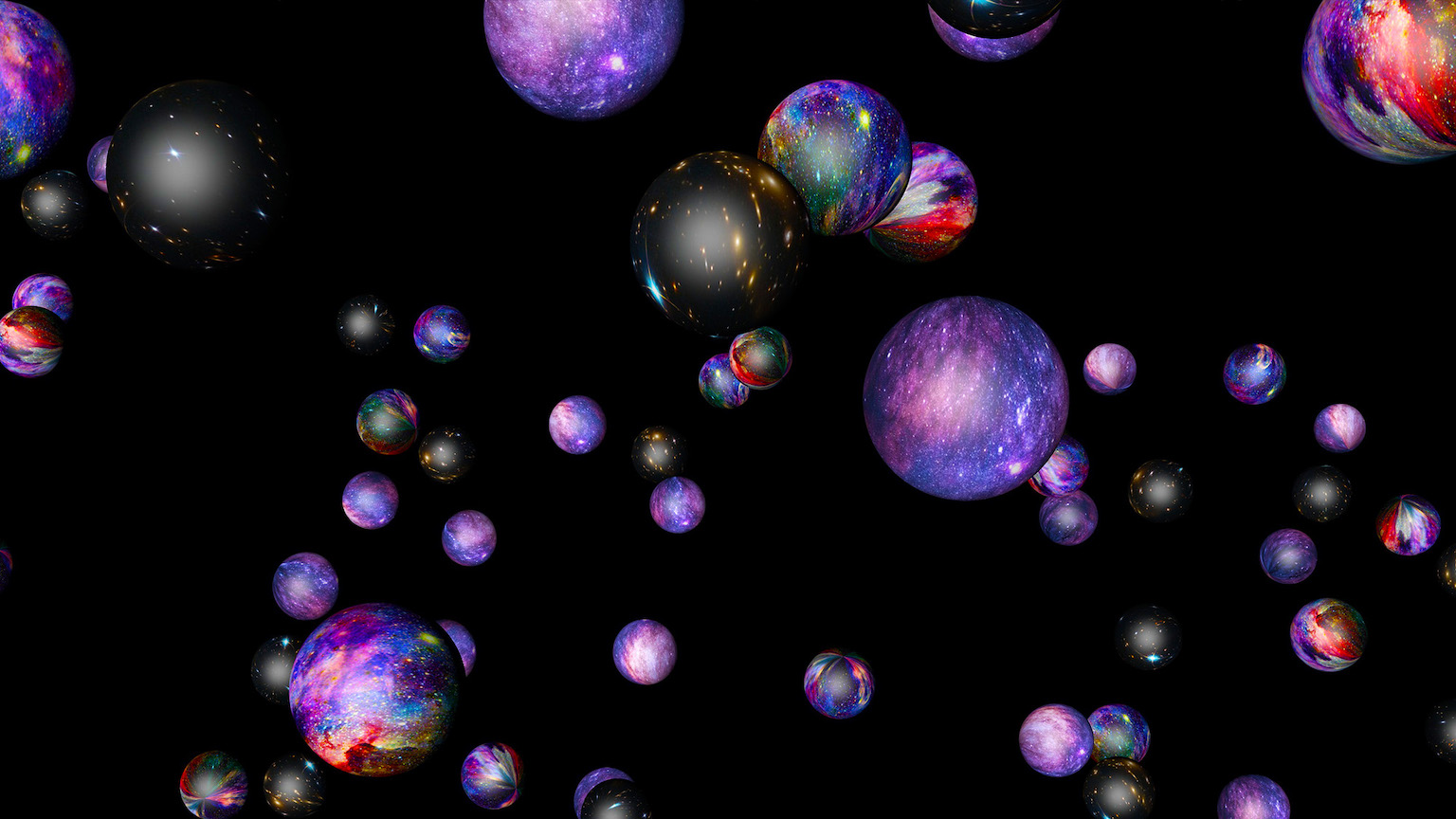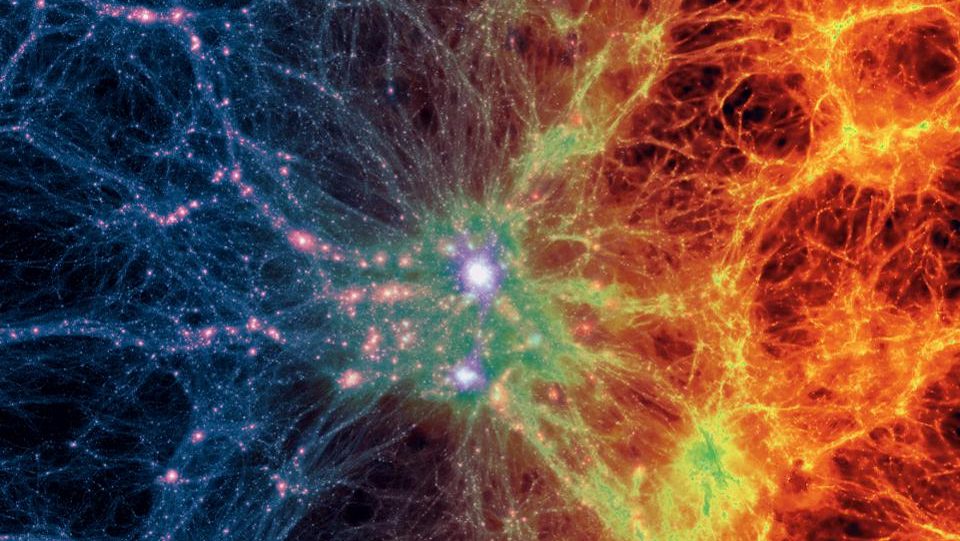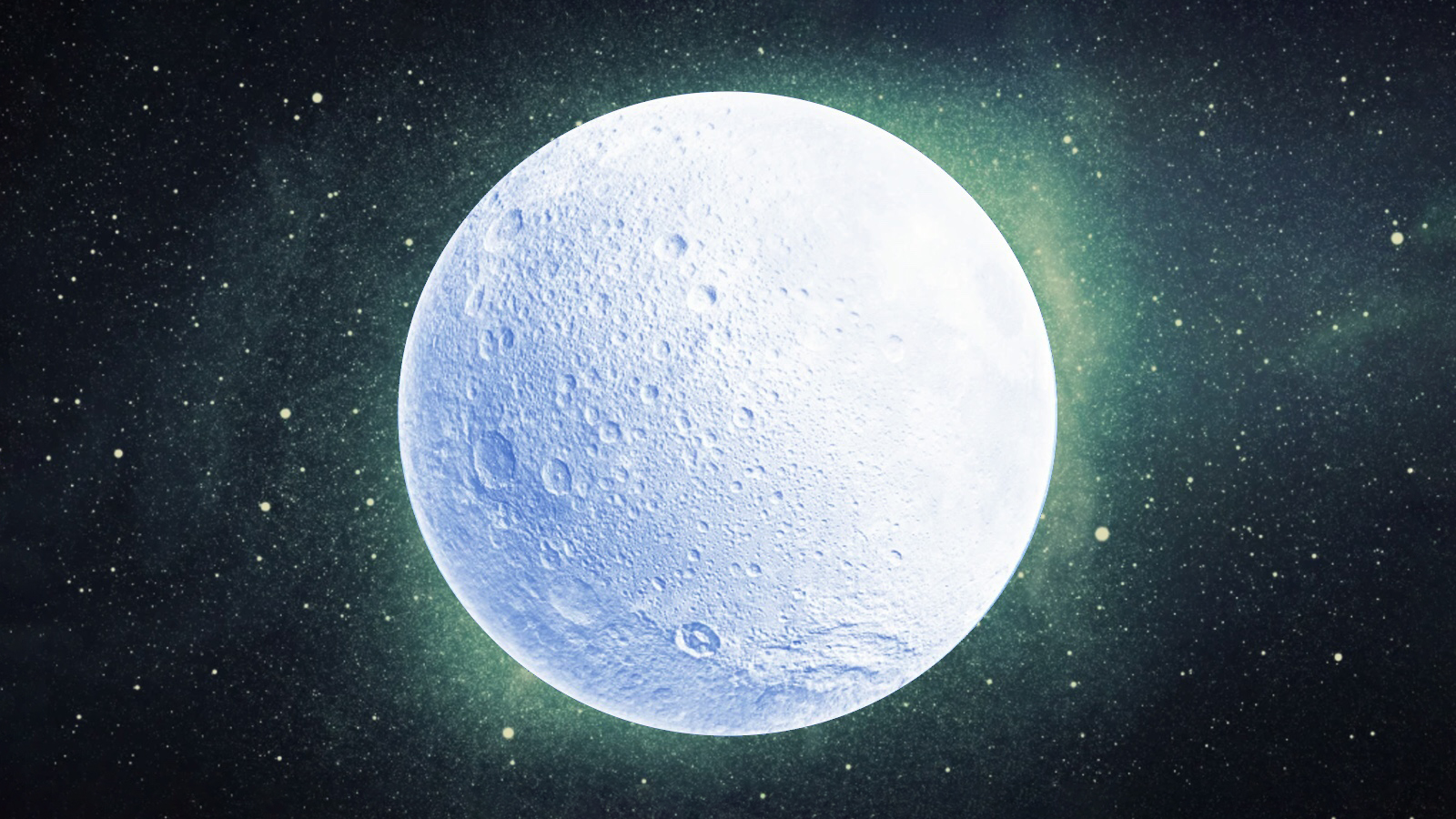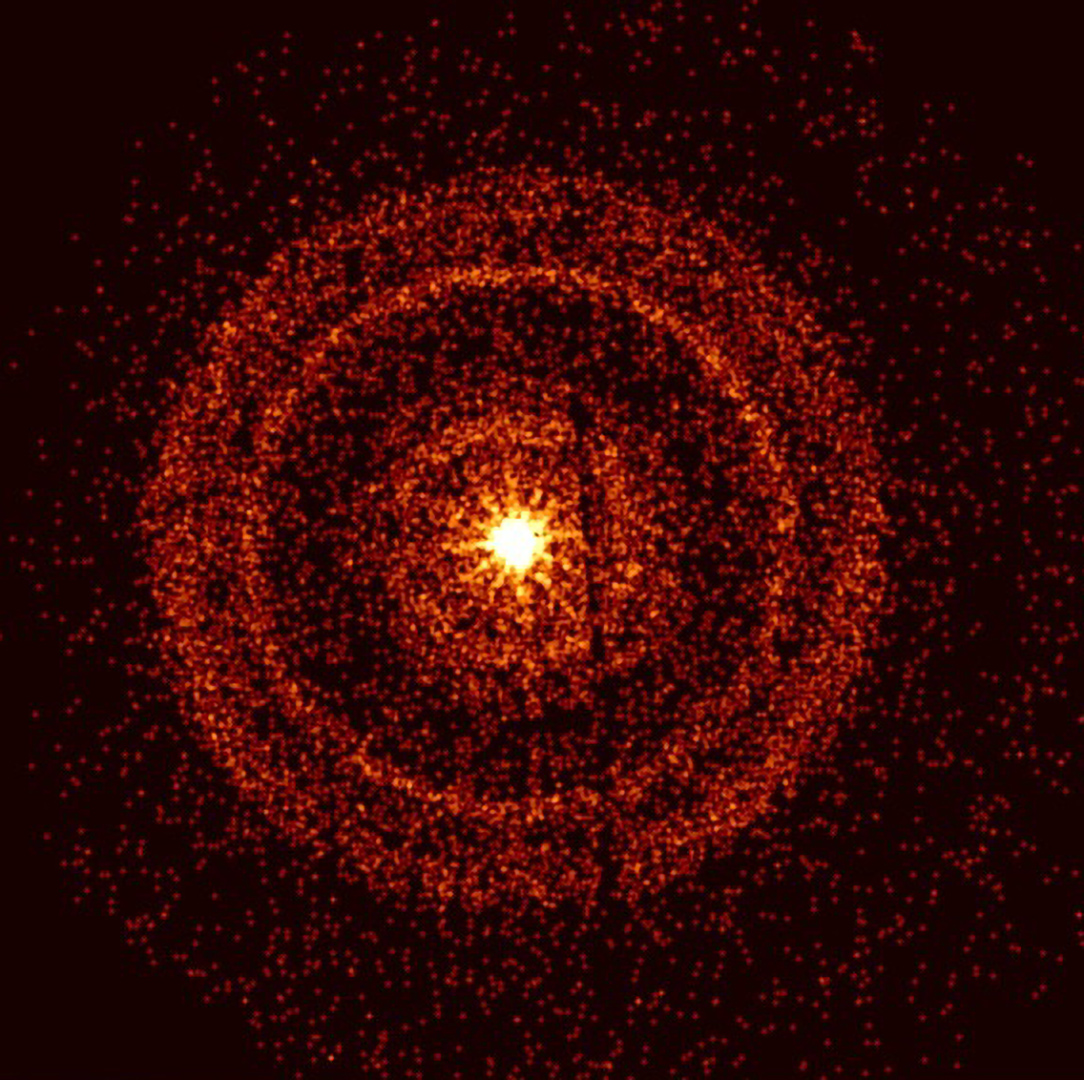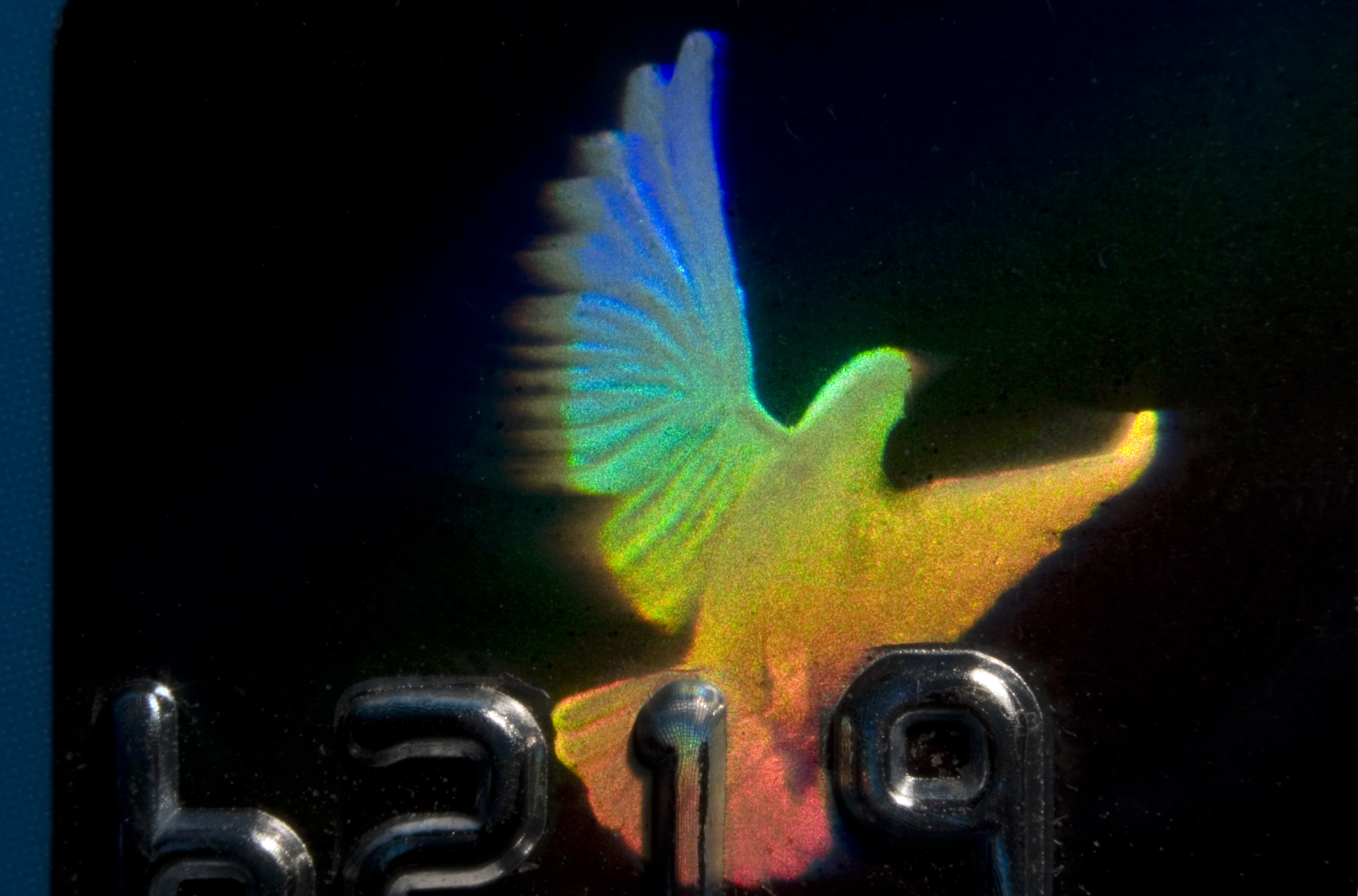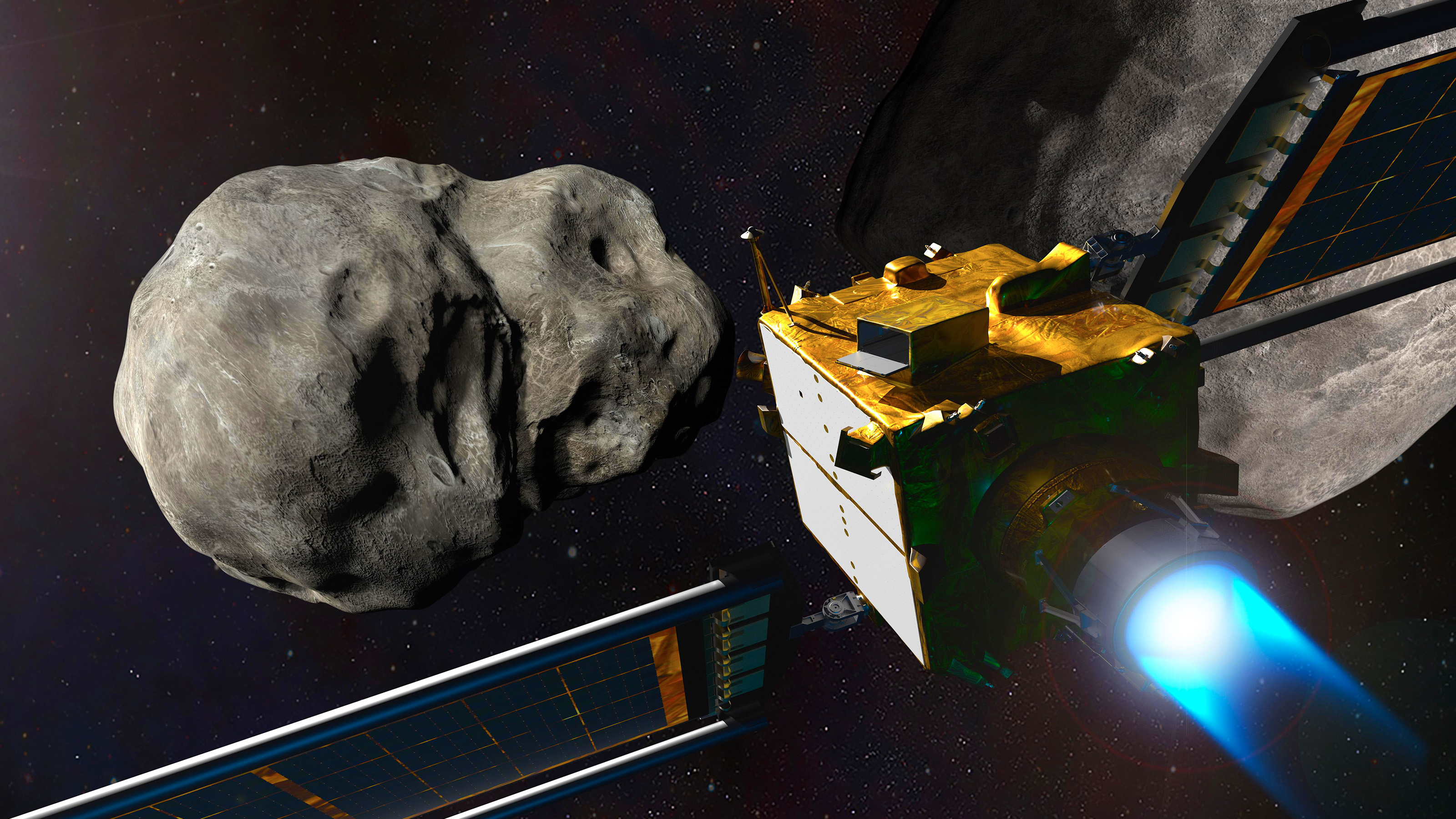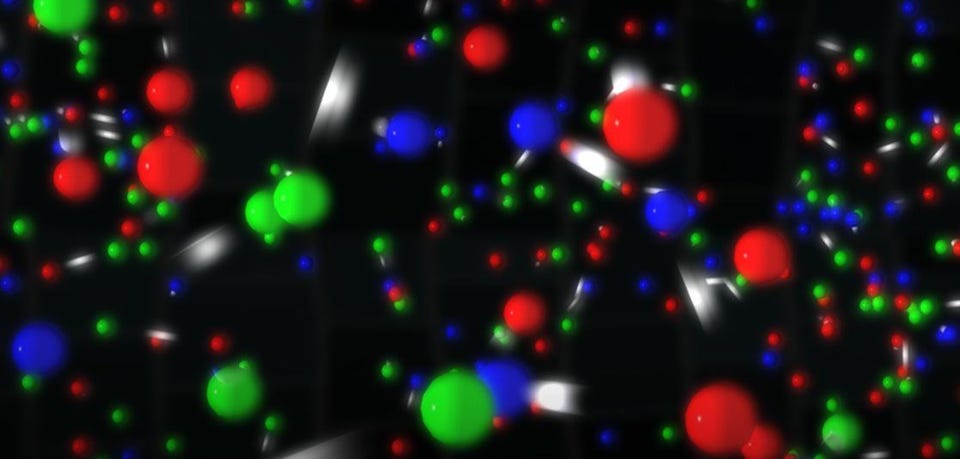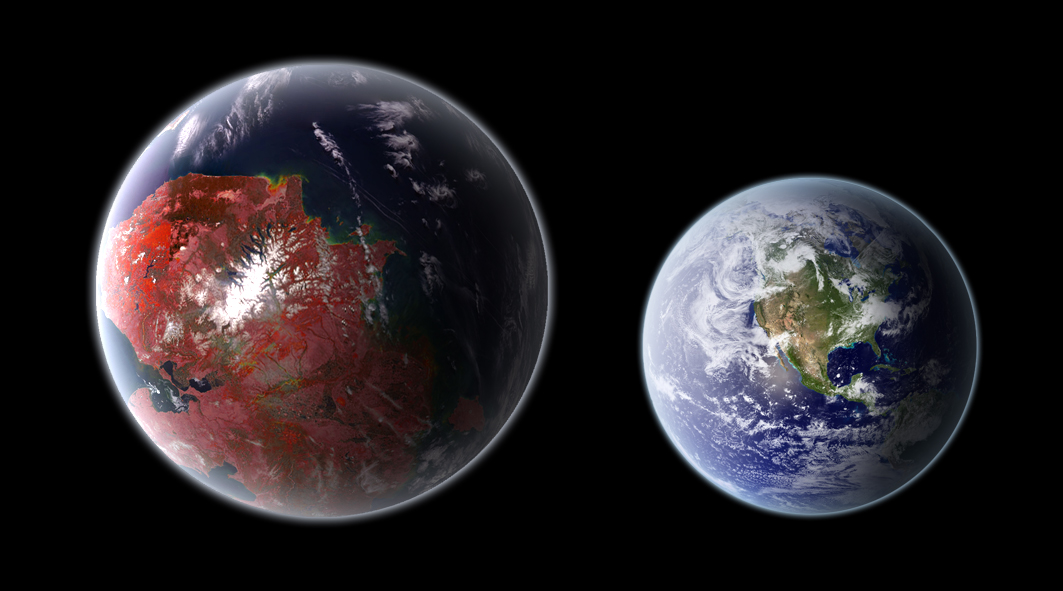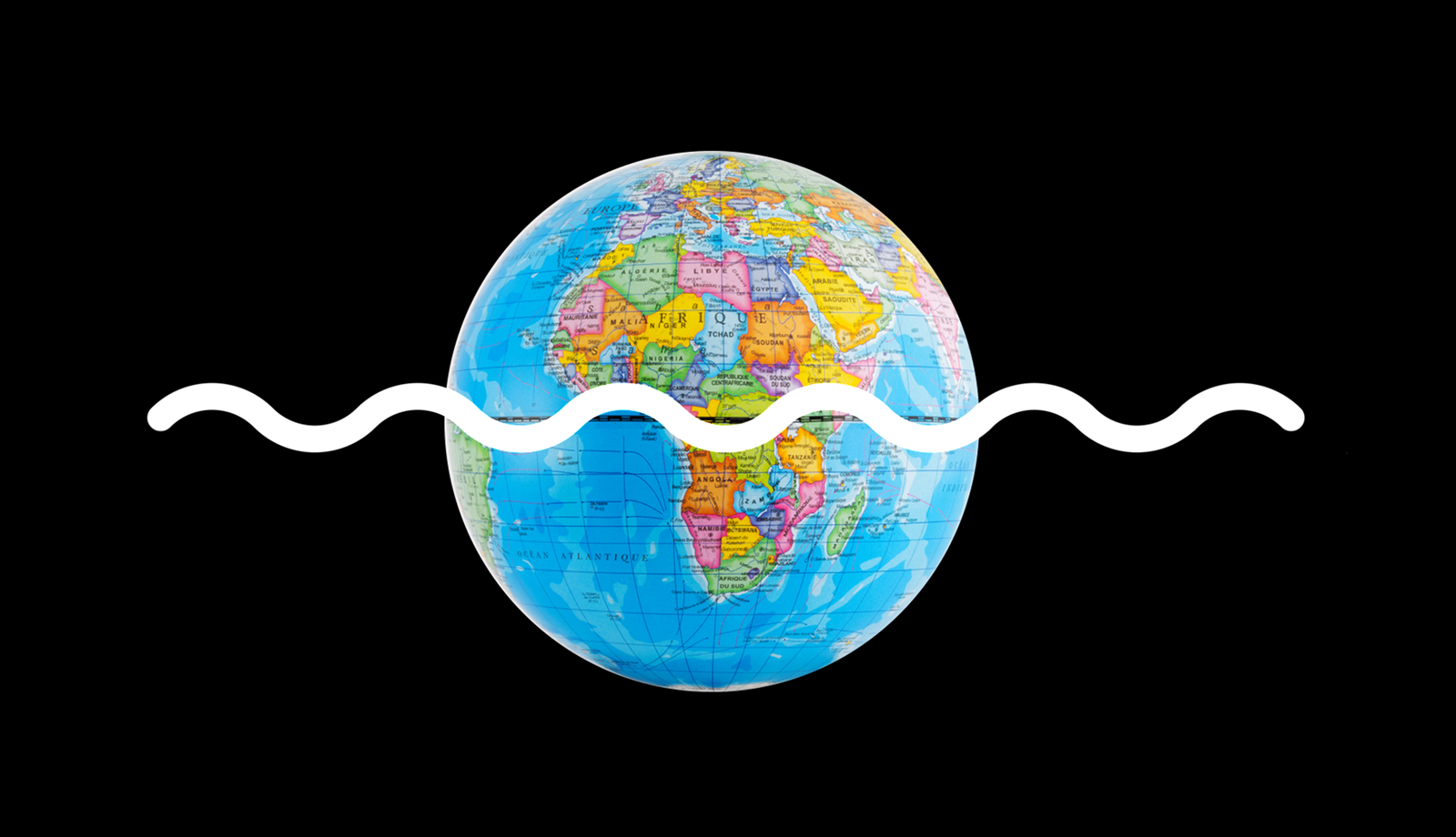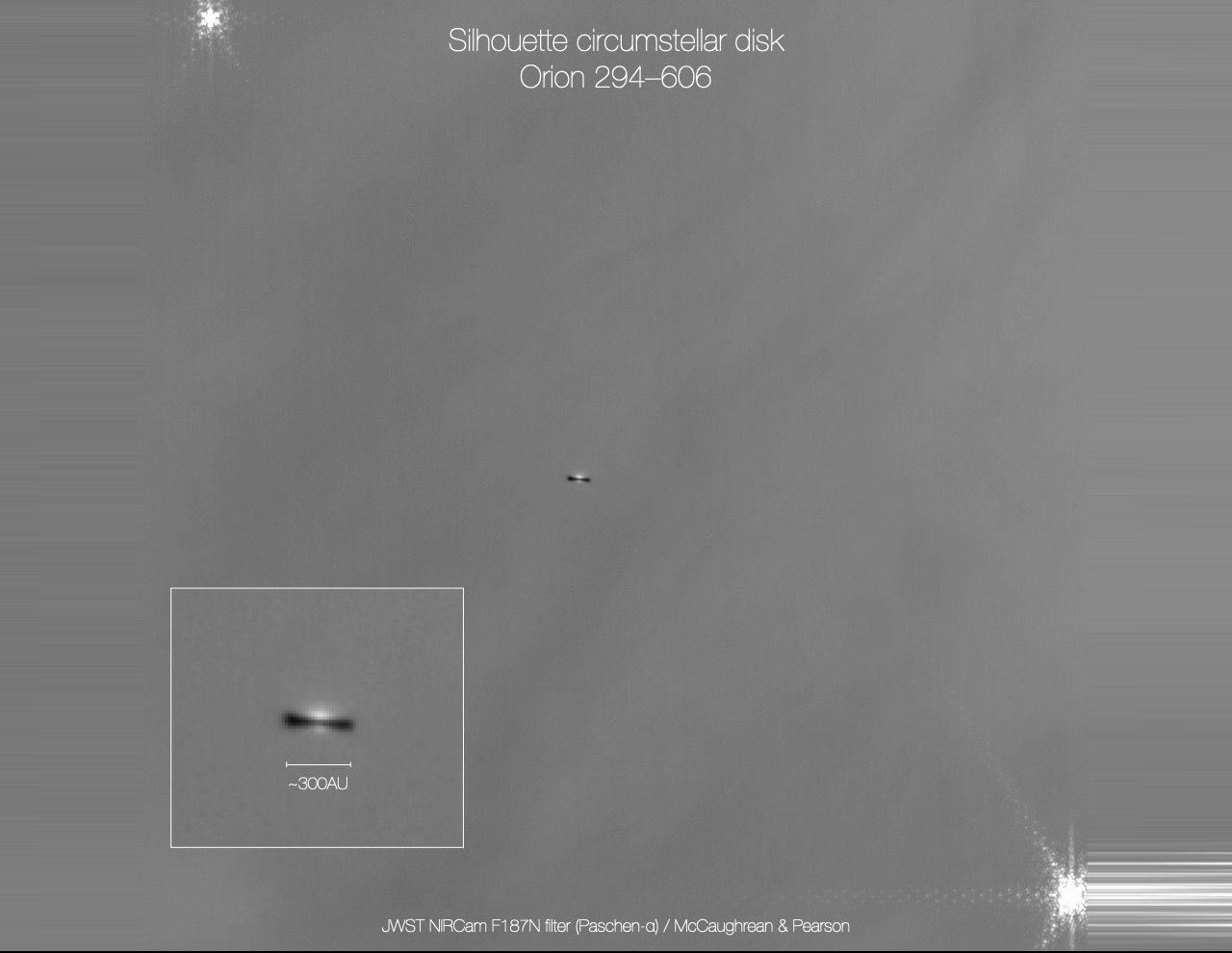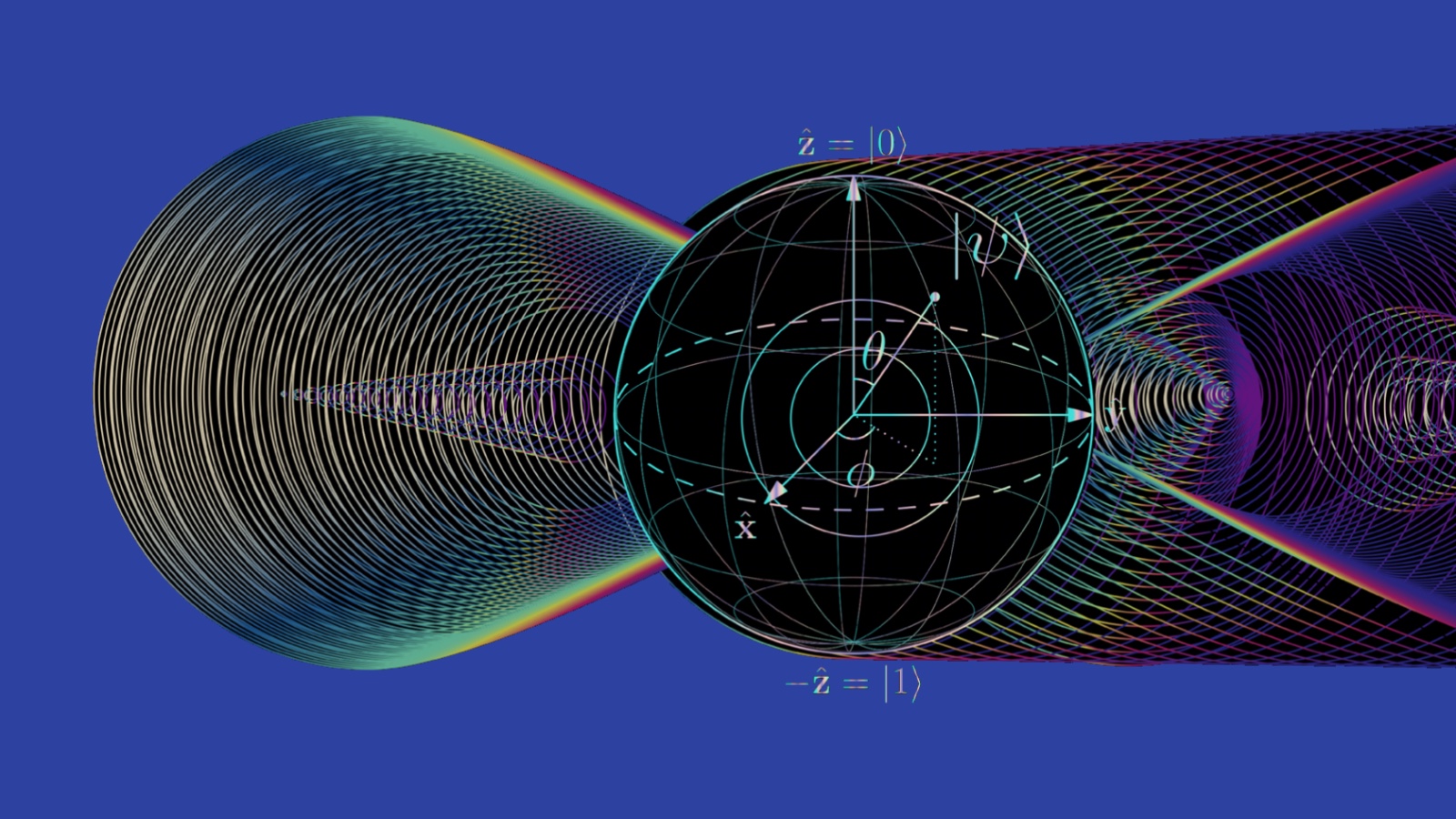Space & Astrophysics
Science is for everyone, even those possessing strongly held beliefs that seem to conflict with the best available evidence.
IceCube just found an active galaxy in the nearby Universe, 47 million light-years away, through its neutrino emissions: a cosmic first.
Thanks to a couple of rovers, we know Mars was once blue.
We know the Universe is expanding, but scientists don’t agree on the rate. This is a legitimate problem.
Billions of years ago, the ever-increasing entropy must’ve been much lower: the past hypothesis. Here’s how cosmic inflation solves it.
The largest hazardous asteroid found in the last 8 years showcases a little-known class of planet-killers. And we’re woefully unprepared.
Does it have a deeper significance — or is it just a number?
In 1974, Stephen Hawking showed that even black holes don’t live forever, but emit radiation and eventually evaporate. Here’s how.
In 1995, Hubble peered at the Pillars of Creation, forever changing our view. Now in 2022, JWST completes the star-forming puzzle.
Our understanding always will remain incomplete.
If you want to share the truths about our Universe with others, don’t fall into the trap of arguing with a misinformer. Do this instead.
The stars circle each other every 51 minutes, confirming a decades-old prediction.
Most exoplanets have been found around single stars via the transit method. But binary star systems might contain even more of them.
Early relics and late-time objects give incompatible results for the expanding Universe. This independent anomaly intensifies the problem.
The DART mission tested whether it’s possible to deflect an asteroid by crashing something into it.
“Even with my training, I still got insights from the book’s descriptions. That’s how good Carroll is at explaining physics.”
Are you unhappy with how various events in your life turned out? Perhaps, in a parallel Universe, things worked out very differently.
The Universe gravitates so that normal matter and General Relativity alone can’t explain it. Here’s why dark matter beats modified gravity.
Unfortunately, the Lunar Ark project is an idea more at home in science fiction than science fact.
1.9 billion years ago, a star’s explosive death created a black hole. Its light just arrived at Earth. But did it set a cosmic record?
Holograms preserve all of an object’s 3D information, but on a 2D surface. Could the holographic Universe idea lead us to higher dimensions?
Before we formed stars, atoms, elements, or even got rid of our antimatter, the Big Bang made neutrinos. And we finally found them.
NASA is creating a planet habitability index, and Earth may not be at the top. With our current data, ranking habitability is guesswork.
Over the past 50 years, 27 leap seconds have been added to our time.
With its first view of a protoplanetary disk around a newly forming star, the JWST reveals how alone individual stellar systems truly are.
The Universe begins with negligible amounts of angular momentum, which is always conserved. So why do planets, stars, and galaxies all spin?
Uncertainty is inherent to our Universe.

